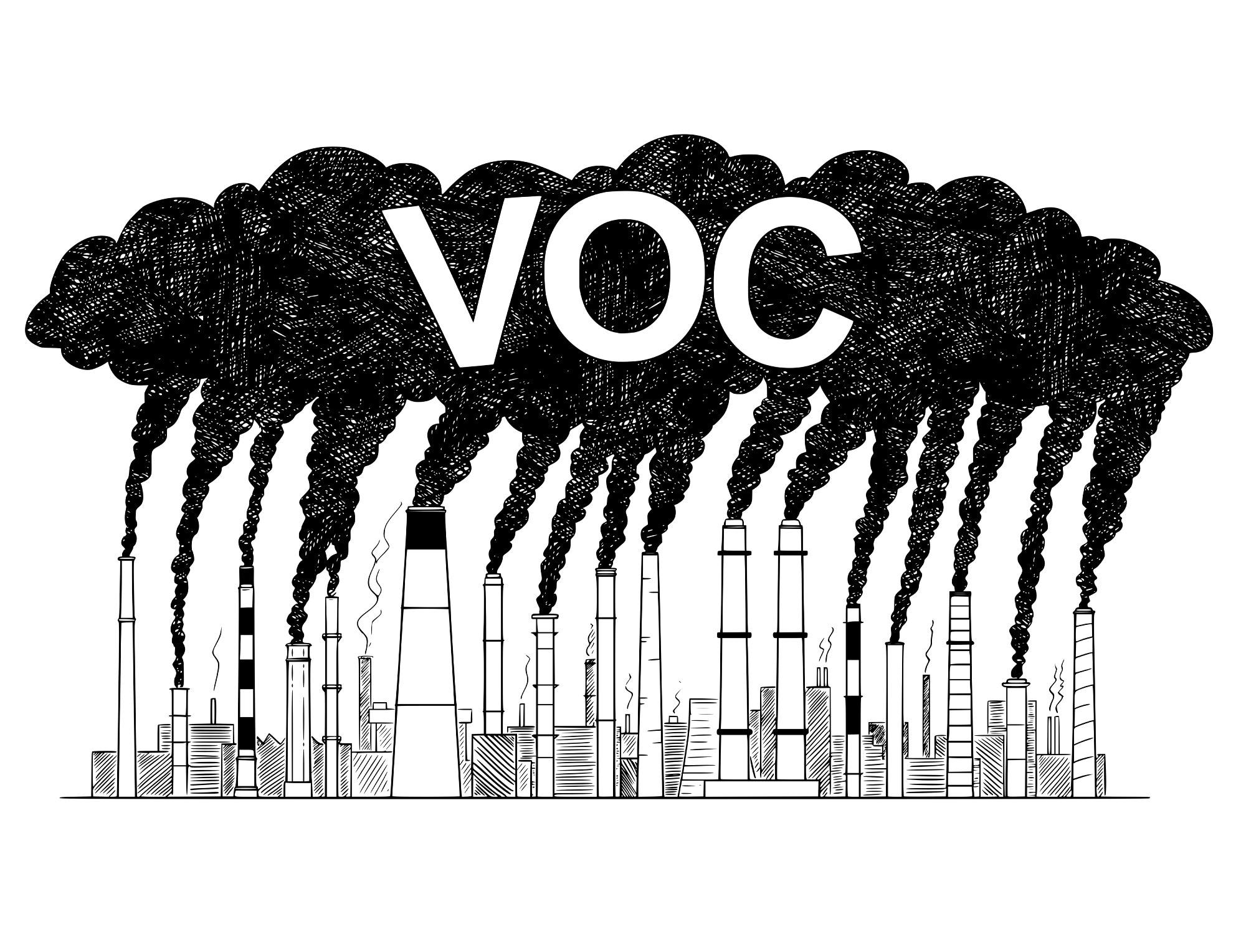 By Surbhi JainReviewed by Susha Cheriyedath, M.Sc.May 20 2022
By Surbhi JainReviewed by Susha Cheriyedath, M.Sc.May 20 2022In an article recently published in the journal Additive Manufacturing, researchers discussed the effects of material composition and external stimulus on volatile organic compound (VOC) emissions from 4D printing.

Study: Volatile Organic Compound Emissions from 4D printing: Effects of Material Composition and External Stimulus. Image Credit: Zdenek Sasek/Shutterstock.com
Background
Additive manufacturing (AM), often known as 3D printing, has achieved widespread acceptance as a versatile production technology for fabricating complex structures. 4D printing is a developing study subject that allows regular static objects to have dynamic functionalities.
The continually increasing accessibility of AM technologies is credited with accelerating the technology dissemination of 4D printing. Despite the benefits of 4D printing, it also poses the danger of emerging environmental and health hazards, which are frequently overlooked during the early stages of development. Few attempts have been made in the existing literature to evaluate the sustainability and technical readiness of 4D printing in terms of energy, durability, material efficiency, and recyclability.
VOCs are a major source of air pollution from 3D printing. Identification of the process processes that drive VOC generation is critical, as is research into the influence of printing settings on VOC emission characteristics. While previous studies have provided insight on the impact of parameters of the printing process on VOC emission levels, it has largely relied on experimental methods and has only covered a few types of AM platforms employing commercial 3D printing materials. As a result, these studies are unable to forecast VOC emissions from 4D printing methods. Hence, more extensive approaches for emission characterization in 4D printing are necessary.
About the Study
In this study, the authors focused on limited thermo-mechanics stereolithography-based 4D printing and developed an emission model to quantify VOC emissions from the programming, printing, and shape recovery stages. The established model tied emission characteristics to material compositional design and stimuli-response mechanisms mathematically. In addition, the trade-off between air emissions and stimuli-response performance of 4D printed parts was examined using two critical quality measures: recovery ability and shape fixity.
The team investigated the VOC emissions from restricted mechanics-based 4D printing of the thermo-responsive shape memory polymers (TR-SMPs), which required a recovery cycle and thermo-mechanical shape programming to accomplish the desired actuation. Mathematical models were developed to reflect time-varying total volatile organic compound (TVOC) emission levels at various stages of 4D printing. To learn more about the effects of stimulus and material composition on TVOC concentration and emission yields, case studies were conducted.
The researchers demonstrated the approaches used in VOC emission modeling and assessment. Followed by the real-time measurements and model analysis of TVOC emission profiles in the various stages of 4D printing, comparative case studies were presented.
Observations
Case 5 yielded 51.95 mg/g of TVOC during shape programming, which was 61.29% less than Case 4. When 80% of the respective plateau values were reached, the rate of change in TVOC concentration at 52 °C was roughly three times quicker than the rate of change in TVOC concentration at 32 °C. As the crosslinker mass fraction increased from 20% to 40%, the TVOC yield in a shape memory cycle dropped by 58.7%. The plateau TVOC concentration decreased from 2017.74 g/m3 to 902.38 g/m3 as the temperature decremented from 52 to 34 °C. As the mass fraction of crosslinker poly (ethylene glycol) dimethacrylate (PEGDMA) in the benzyl methacrylate (BMA)-co-PEGDMA network increased from 20% to 40%, the average TVOC concentration during component manufacturing dropped from 546.41 g/m3 to 340.16 g/m3.
According to the findings of the case study, a methacrylate-based thermo-responsive material with a higher glass transition temperature emitted more air and exceeded the allowable exposure threshold in the interior environment. A 61.29% drop was achieved in emission yield, while shape memory performance was maintained by changing the thermo-temporal circumstances.
Conclusions
In conclusion, this study examined the TVOC emission from 4D printing with TR-SMPs, which takes into account differences in material constituent mass ratios as well as stimulus settings. Physical emission mechanisms were included in mathematical models to estimate the TVOC emission rate and yield at various phases of 4D printing. The emission model in the shape memory cycle predicted TVOC concentration curves that were consistent with emission profiles acquired from experimental observations. The results implied that changing stimulus settings to minimize VOC emission yield while maintaining the stimuli-response effects of 4D printing was possible.
The authors believe that this study will help researchers better understand the effects of specialized and general-purpose 4D printing on human health and the environment. They also mentioned that the findings of the study could be used to build emission control measures and safer-by-design criteria to guarantee that 4D printing is used responsibly.
Disclaimer: The views expressed here are those of the author expressed in their private capacity and do not necessarily represent the views of AZoM.com Limited T/A AZoNetwork the owner and operator of this website. This disclaimer forms part of the Terms and conditions of use of this website.
Source:
Han, M., Li, L., Zhao, J., et al. Volatile Organic Compound Emissions from 4D printing: Effects of Material Composition and External Stimulus. Additive Manufacturing 102894 (2022). https://www.sciencedirect.com/science/article/abs/pii/S2214860422002925